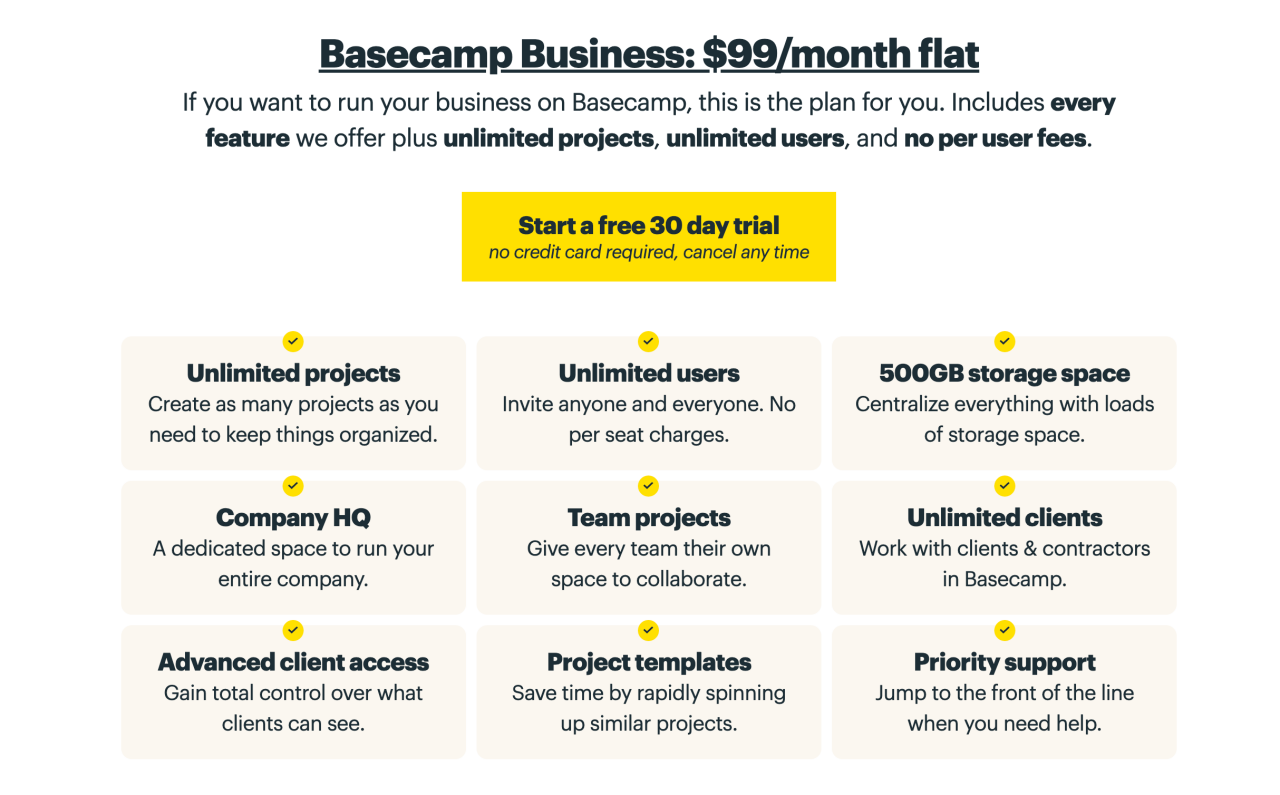Pricing Strategies for SaaS Products: A Comprehensive Guide
If you're in the business of SaaS (Software as a Service), nailing your pricing models for software is key to thriving. Pricing plays a big role in getting customers, making money, and staying in the game for the long haul. In this blog post, we'll dive into different pricing models, talk about what to think about when pricing your SaaS product, share examples of successful pricing strategies, and shed light on why usage-based pricing is a big deal. If you're a SaaS business itching to boost your pricing game or want to learn about SaaS cost, you've come to the right place. Let's get started!
Definition: Pricing Models for Software
Pricing models for SaaS products refer to the strategies and structures businesses use to determine the cost of their software services. It's like figuring out how much to charge customers for the value they receive.
From fixed SaaS pricing plans to pay-as-you-go models, there are various approaches to pricing SaaS products. The goal is to find a sweet spot that aligns with customer needs, maximizes revenue, and ensures long-term success. It's all about finding that perfect balance between value and affordability.
Flat Rate Pricing: This model offers a fixed monthly or annual subscription fee, regardless of usage. It provides simplicity and predictability for customers but may not align with their varying needs and usage patterns.
Tiered Pricing: Tiered pricing involves offering different plans with varying features, functionality, and price points. Customers can choose the plan that suits their requirements, allowing for scalability and customization.
SaaS Usage Based Pricing: Usage-based pricing charges customers based on their actual usage of the SaaS product. This model offers flexibility and cost-effectiveness as customers pay for what they use. It is particularly popular for SaaS products where usage varies significantly among customers.
Key Factors to Consider for SaaS Pricing
Value-based Pricing: Pricing should reflect the value the SaaS product delivers to customers. Consider the benefits, time-saving, efficiency improvements, and competitive advantage it offers. Align pricing with the value customers perceive.
Customer Segmentation: Analyze your target market and segment customers based on their needs, size, and willingness to pay. Tailor pricing plans for different customer segments to address their specific requirements.
Competitive Analysis: Research competitors' pricing models, features, and pricing strategies. Differentiate your product by offering unique value propositions while considering market expectations and industry norms.
What are Some Successful SaaS Pricing Examples?
Slack: Slack offers tiered pricing with free, standard, and plus plans. Their free plan allows users to experience the product, while premium plans provide additional features and functionalities for teams of different sizes.
HubSpot: HubSpot's pricing is based on a tiered model, catering to businesses of various sizes. They offer starter, professional, and enterprise plans, each with different levels of marketing, sales, and CRM features.
Dropbox: Dropbox follows freemium SaaS pricing examples, allowing users to start with a free plan and upgrade to premium plans as their storage and collaboration needs increase. This strategy encourages user adoption and later monetization.
In the fast-paced world of SaaS, usage-based pricing is taking the spotlight! It's a game-changer that offers flexibility and cost-effectiveness. With this pricing model, you pay for what you actually use, giving you the power to scale up or down whenever you need. It's a win-win situation for customers and SaaS providers, boosting transparency, cutting costs, and adapting to your ever-changing demands.
Say goodbye to rigid pricing and SaaS costing and hello to a dynamic and rewarding experience!
As a SaaS entrepreneur, you can adopt a handy rule known as the 10:5:20 rule to guide your pricing strategy. It’s a golden rule made by SaaS Express and Merq for helping early SaaS startups get a sales hack.
Here's how it works: keep your prices approximately 10 percent lower than your competitors to stay competitive.
Then, consider gradually increasing your pricing by around 5 percent at regular intervals to reflect the value you're providing.
Lastly, go the extra mile and deliver 20 percent more value to attract customers effortlessly. By following this rule, you can strike a balance between competitiveness, revenue growth, and customer satisfaction.
Final Deal
Setting the right price for SaaS products involves considering several important factors. You need to think about the value you're offering, understand your customers' different needs, and keep an eye on your competition.
Looking at successful SaaS pricing examples like Slack, HubSpot, Trello, Monday, Notion, and Dropbox can give you some smart ideas. Oh, and don't forget about the growing popularity of usage-based pricing, which gives customers more flexibility. Remember, pricing isn't a one-and-done thing. Keep listening to your customers, stay on top of market trends, and fine-tune your pricing to keep growing steadily.
As a SaaS founder, you should continuously monitor and evaluate your pricing strategy based on customer feedback, market dynamics, and evolving business needs. You can also regularly analyze your SaaS pricing metrics, such as customer acquisition cost (CAC), lifetime value (LTV), and churn rate, to optimize your pricing structure and drive sustainable growth.
Contact us at SaaS Express, if you’re looking to take your SaaS business to the next model.

Where passion meets innovation !Thrilled to be part of this community that fuels the ambitions of tech empowers software entrepreneurs SaaS
ReplyDeleteNice blog on Top B2B SaaS Product marketing agency in India which our insights into the unique challenges and strategies of marketing SaaS products are spot on. I especially appreciated the emphasis on understanding the customer journey and leveraging content marketing to build trust and educate potential customers.
ReplyDelete